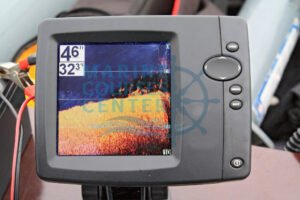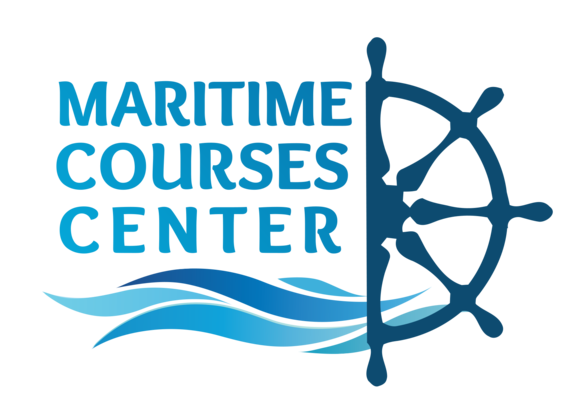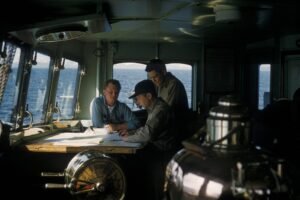
Automatic Tracking Aid (ATA): Navigational Excellence Simplified
Mastering Maritime Navigation with Automatic Tracking Aid (ATA)
Discover the game-changing benefits of Automatic Tracking Aid (ATA) in maritime navigation. Learn how ATA technology enhances safety, efficiency, and situational awareness at sea.
Introduction to Automatic Tracking Aid (ATA):
In the realm of maritime navigation, safety and precision are paramount. Navigating vast waters and crowded shipping lanes demands cutting-edge technology that empowers seafarers to make informed decisions. One such technology that has revolutionized maritime navigation is the Automatic Tracking Aid (ATA). This article takes a deep dive into the world of ATA, exploring its significance, functionalities, and how it empowers mariners to navigate with confidence and efficiency.
Automatic Tracking Aid (ATA): Unveiling the Innovation
The Automatic Tracking Aid (ATA) is a remarkable technological advancement that has set new standards in maritime navigation. Designed to assist mariners in making accurate and timely decisions, ATA operates as an automated tracking system, providing real-time data and predictions about vessel movements. By utilizing sophisticated algorithms and integrating various sensors, ATA enhances navigational safety and situational awareness, ultimately preventing collisions and ensuring smooth passage.
The Evolution of Automatic Tracking Aid (ATA) Technology
ATA technology has evolved significantly since its inception. From its early days as a rudimentary collision avoidance system, ATA has transformed into a comprehensive solution that offers a wide array of features. Modern ATA systems integrate data from multiple sources, including GPS and AIS (Automatic Identification System), to provide a comprehensive view of the maritime environment. This evolution has solidified ATA’s position as an indispensable tool for mariners across the globe.
Unveiling the Benefits of Automatic Tracking Aid (ATA):
- Enhanced Safety: ATA’s ability to predict vessel trajectories and potential collision courses empowers navigators to take proactive measures, significantly reducing the risk of accidents at sea.
- Efficiency: By analyzing real-time data about vessel movements, ATA enables mariners to plan more efficient routes, optimizing fuel consumption and minimizing travel time.
- Situational Awareness: ATA’s data-rich interface offers mariners a clear understanding of their surroundings, even in adverse weather conditions, allowing for better decision-making.
- Optimized Maneuvering: When navigating through congested areas or approaching ports, ATA provides precise recommendations for safe and efficient maneuvers.
Decoding Automatic Tracking Aid (ATA)’s Operation
ATA operates by collecting and processing data from various sources, including radar, GPS, and AIS. The system employs advanced algorithms to calculate the future positions of vessels, factoring in variables such as speed, course, and acceleration. This data is then presented on the ATA display, providing mariners with real-time insights into the movement of nearby vessels.
Utilizing Automatic Tracking Aid (ATA):: Best Practices
To maximize the benefits of ATA technology, mariners are advised to adhere to the following best practices:
- Regular Maintenance: Perform routine maintenance and calibration of the ATA system to ensure accurate and reliable data.
- Training: Ensure that navigational staff are well-trained in interpreting ATA data and making informed decisions based on the information provided.
- Backup Plans: While ATA is a powerful tool, it’s important to have backup navigation strategies in place in case of system failure.
FAQs about Automatic Tracking Aid (ATA):
Q: How does ATA differ from traditional radar systems?
A: Unlike traditional radar, ATA offers predictive capabilities, advanced collision avoidance features, and comprehensive situational awareness.
Q: Can ATA be used on all types of vessels?
A: Yes, ATA technology can be applied to various vessels, from cargo ships to pleasure boats, enhancing navigational safety for all.
Q: Is ATA effective in challenging weather conditions?
A: Yes, ATA is designed to operate effectively in different weather scenarios, providing critical data to mariners even in adverse conditions.
Q: How often should ATA systems be updated?
A: ATA systems should be updated according to the manufacturer’s guidelines and during routine maintenance.
Q: Are there legal requirements for implementing ATA?
A: While regulations may vary, many maritime authorities encourage or mandate the use of advanced navigational aids like ATA to enhance safety.
Q: Does ATA replace the need for human judgment?
A: ATA complements human decision-making by providing data and insights, but mariners’ expertise remains essential for complex situations.
Conclusion
Automatic Tracking Aid (ATA) stands as a testament to the remarkable advancements in maritime navigation technology. With its predictive capabilities, data-rich interface, and emphasis on safety, ATA has become a pivotal tool for modern seafarers. By empowering mariners to navigate crowded waters with confidence, ATA ensures smoother journeys, minimal accidents, and optimized travel routes. As maritime technology continues to evolve, ATA remains a beacon of innovation and a vital asset for enhancing navigational excellence.
if you want to find ship position join marine traffic website
You may also like










